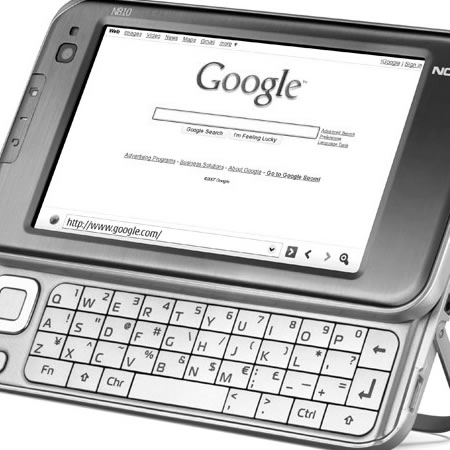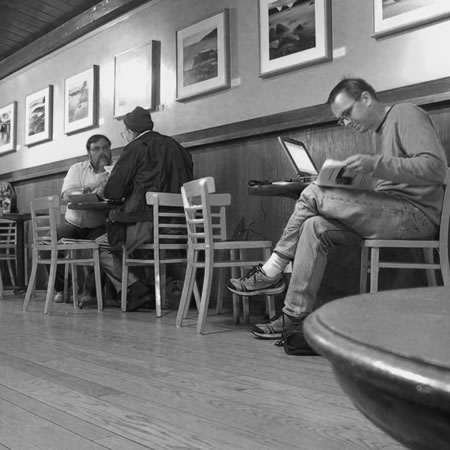Today I was at the MoLeNET launch conference at the Oval in London.
I did Shozu a few photographs to Flickr and the blog, but unfortunately connectivity was poor and time was limited for writing blog entries.
My workshops went well, though it was a struggle to cover what I wanted to cover in only fifteen minutes, I would liked to have had more time to allow more discussion, in a similar way to the way I ran my mobile learning workshop at ALT-C.
Quite a few people came up to me to ask about various things I showed we are either doing at Gloucestershire College (the college formerly known as Gloscat) or in the process of planning how we can implement them.
I enjoyed Mick Mullane’s presentation about podcasting and texting (sms), which was illuminating.
Other parts of the conference were interesting and informative
I was disappointed with the connectivity, but it is a lesson for all of us, the wireless network failed to cope with the sheer number of wireless clients in attendance. Not only did we get a large number of mobile and e-learning enthusiasts together (most with laptops) we also had exhibitors with their wealth of wireless devices. My 3G connection was less useful for basically the same reasons, lots of people with mobile devices.
It was certainly worth going to, lots of useful networking, and nice to see a lot of colleges looking at mobile learning.





